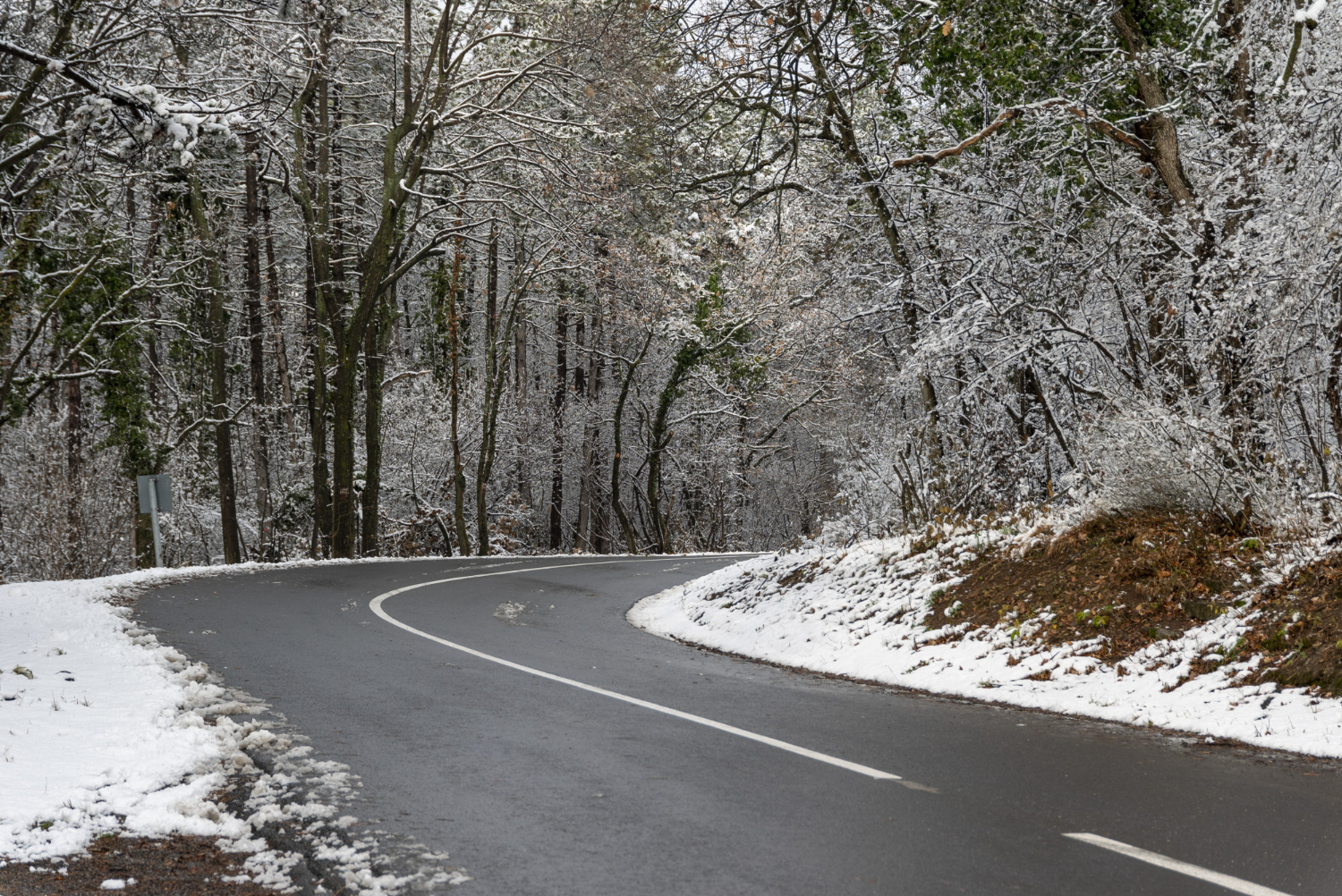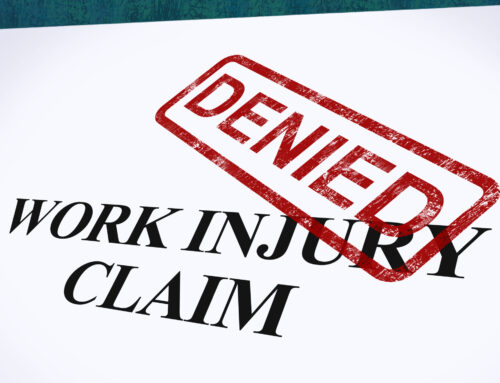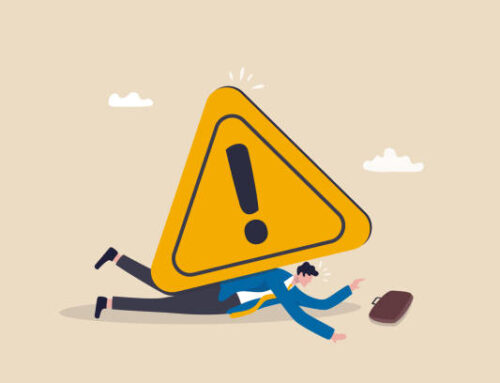Icy road conditions can turn a quick trip to the grocery store into a slippery nightmare. Add black ice to the mix, and you’ve got yourself a recipe for disaster – unless you know what to look for.
Black ice is a layer of ice on the road that is so thin that it’s hardly visible at all. The million dollar question is: how do you avoid what you can’t see?
The NHTSA and The Zebra have both conducted studies that reveal exactly how dangerous icy roads can be. There are roughly 136,309 injuries that occur annually because of icy and snowy conditions. Statistics also reveal that about 2,000 people die every year in car crashes caused by winter weather.
If you know the black ice indicators, where it’s likely to form, and how to adjust your driving to icy conditions, you’ll be just fine.
How Does it Form?
Black ice is caused by specific conditions that increase the likelihood of suffering a personal injury in a winter weather car accident.
- Light, freezing rain.
- Melting and then refreezing of snow and ice.
- Fog before the temperature drops.
- Dew forming before the temperature drops.
- Temperatures below 32 degrees Fahrenheit.
Locations that are shady, elevated, or lower than most roads are more likely to have black ice patches on them than others. Low temperatures and high moisture can also contribute to the formation of black ice. These locations include but are not limited to:
- Bridges, overpasses, and underpasses.
- Sections of the street in the shadow of trees or buildings.
- Back roads.
- Tunnels.
These places are more likely to have black ice than others, but that doesn’t mean it can’t sneak up on unsuspecting drivers elsewhere. Be cautious at all times behind the wheel, no matter where you are.
Spotting Black Ice Patches
It’s hard to see, but not 100% invisible if you know how to recognize it while driving.
- The asphalt looks darker in some spots than others.
- If the road looks like it’s wet but only in patches, it’s probably black ice.
- Foggy weather indicates moisture, which likely means that black ice is nearby.
If it looks like there’s black ice or even regular ice patches, it’s important to exercise extra caution by adjusting the way you drive. Here are a few vital safety tips to help prevent a car accident.
- Black ice makes it hard to stop, and braking on slick surfaces can cause a spin out, so take it slow.
- Black ice provides no traction, so if you find yourself driving over it, take your foot off of the accelerator right away and keep your steering wheel straight so you can coast over the hazard without incident.
- If you do have to brake, do so gradually and gently.
- Follow traffic laws. This is important to do all the time of course, but even more so when driving in winter weather.
- If your vehicle starts to skid, pump the brakes very lightly and turn into the skid instead of away from it. This allows your tires to find traction again, and puts the driver back in control.
- Invest in snow tires, and keep a roadside emergency kit in your vehicle in case of a car crash.
- Avoid driving at night or any other times when visibility is low. The higher risk isn’t worth the consequences.
Lawyer Up, Buttercup
If you do get into an accident, it’s important to hire a personal injury attorney to help you through the process of pursuing compensation. Why should you be left with high medical bills and lost wages when a negligent driver is at fault? Your car accident lawyer will:
- Go over your claim with you to ensure there is no way that your own words can be twisted and used against you.
- Handle communications with the insurance company and prevent acts of bad faith.
- Make sure that legal paperwork is completed correctly and on time.
- Fight for the settlement you deserve, meaning one that covers your present and future expenses related to your personal injury case.
- File a lawsuit if the party at fault is uncooperative in financial negotiations.
- Help you gather the evidence you need to prove your case, including pain and suffering.
You won’t be charged for any legal services until after you’ve won the settlement you need to cover all of your case related expenses.
Car accidents are prevalent in the winter, so be sure to follow the safety tips on our website to avoid them when you can. If you or a loved one have been injured in a car accident caused by a negligent driver, contact us for free legal advice when you schedule a consultation with a personal injury lawyer near you. You deserve full compensation – never settle for less.







